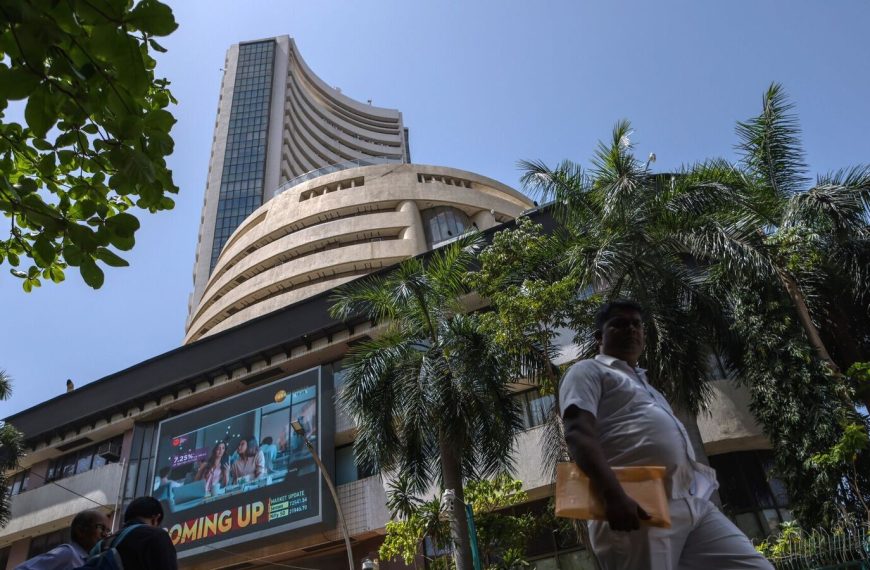The Indian stock market experienced a significant downturn on Friday, April 25, with the Sensex plunging over 1,000 points during intraday trading. Despite positive signals from global markets, heavy selling across various sectors led to this sharp decline. The Sensex opened at 79,830, down from the previous close of 79,801, and hit a low of 78,606, representing a drop of 1.50%. Similarly, the Nifty 50 began at 24,289, falling nearly 400 points to settle at an intraday low of 23,848.
Market Overview: A Day of Heavy Losses
The broader market reflected even deeper losses, with both the BSE Midcap and Smallcap indices dropping more than 3%. By midday, the Sensex was down 839 points at 78,963, while the Nifty 50 recorded a loss of 293 points at 23,954. This selloff resulted in investors losing around ₹10 lakh crore, causing the total market capitalization of listed firms on the BSE to plummet from nearly ₹430 lakh crore to approximately ₹420 lakh crore.
Factors Behind the Market Decline
Several factors contributed to this considerable decline in the Indian stock market:
1. Geopolitical Tensions
The recent Pahalgam terror attack has heightened tensions between India and Pakistan, impacting market sentiment. Analysts suggest that investors are apprehensive about potential escalations, especially after Prime Minister Narendra Modi vowed to take decisive action against the attackers. Pankaj Pandey, head of research at ICICI Securities, mentioned that while there is anxiety surrounding these developments, expectations remain that any conflict will be limited and will not substantially affect market trajectories.
2. Profit-Taking After Gains
Recent market gains of over 8% led to profit-taking among investors, especially amid uncertainty regarding U.S. tariff policies. Experts like Kunal Kamble from Bonanza Group noted that after a series of positive trading days, this correction appears to be a natural response to recent market dynamics.
3. Global Economic Concerns
Despite a generally positive outlook for India’s economy, global trade war ramifications have raised concerns about future growth. The World Bank recently revised its growth forecast for India down to 6.3% for FY26, citing increasing global uncertainty. This adjustment mirrors similar cuts from the IMF, which lowered its forecast to 6.2%.
4. Mixed Earnings Reports
The mixed results of corporate earnings for the March quarter have also failed to boost investor confidence. While some sectors, particularly banking, performed well, cautious tones from management regarding future performance have dampened market enthusiasm.
5. Technical Resistance Levels
On a technical front, the Nifty 50 faces critical resistance at 24,350. Shrikant Chouhan from Kotak Securities highlighted that a breakout above this level could lead to a rally towards 24,450–24,500. Conversely, if the index falls below 24,200, it could trigger further corrections down to 24,100 and potentially 24,000.
Conclusion
The Indian stock market’s sudden downturn on April 25 serves as a reminder of the complexities of both local and global economic environments. Investors are advised to remain vigilant and informed as market conditions continue to evolve. For more insights into market trends and analysis, stay tuned to our updates.










